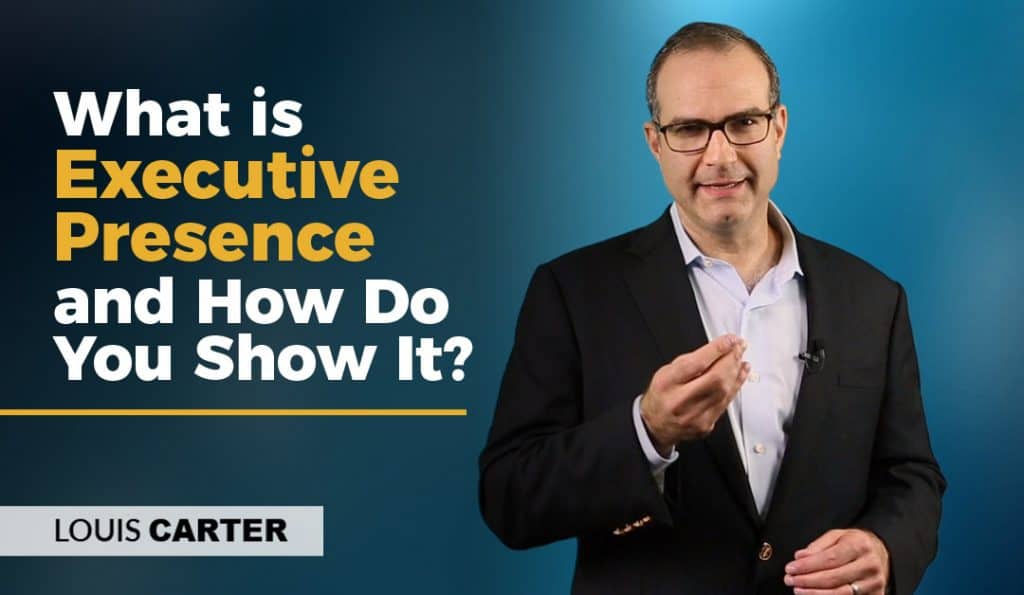
When Does a Transformational Leadership Style Work?
Have you ever been in a team in which someone took charge by communicating a compelling understanding of the purpose of the project, a marked

Have you ever been in a team in which someone took charge by communicating a compelling understanding of the purpose of the project, a marked

What is facilitative leadership? Is it an underrated way to lead? It could be because facilitation and balancing various viewpoints is often seen as a

I have seen many intelligent and hardworking leaders with good intentions become lazy. Such leaders do not shy away from performing their duties but they

Directive leadership is one of the more common leadership styles, where the leader instructs his followers precisely what to do and how to do it.

As a leader, how often do you find yourself being the smartest person in the room? Is it sometimes, most of the time, or is

While conventional forms of leadership are all about control, servant leadership places the needs of other people first and looks to transfer some of the

In recent times, within business circles, the “participative leadership” concept has become a catch-phrase. If you follow company blogs about leadership, then you have most

Have you ever known a person who exudes leadership qualities the moment they walk into a room? You instinctively know that this individual is in

Laissez-faire is a French word that translates into English as “leave alone“. This implies letting things thing happen without any interference. Therefore, a laissez-faire leader

Each style of leadership has a specific focus area. For example, some forms of leadership, such as democratic leadership, emphasize people’s growth while others, like
Organizational change often fails, not because of poor ideas, but because of emotional resistance and misalignment. At Louis Carter, we help you tackle the human side of change head-on. From silos to fear of the unknown, we identify what truly holds your team back and replace resistance with purpose. Our proven methodology empowers leaders to create emotionally connected, high-performing workplaces where change isn’t feared, it’s embraced.


Have you ever been in a team in which someone took charge by communicating a compelling understanding of the purpose of the project, a marked enthusiasm for the job, and a willingness to refresh and

What is facilitative leadership? Is it an underrated way to lead? It could be because facilitation and balancing various viewpoints is often seen as a neutral position. Having a neutral position does not undermine the

I have seen many intelligent and hardworking leaders with good intentions become lazy. Such leaders do not shy away from performing their duties but they seldom exhibit the qualities that make a good leader. Moreover,

Directive leadership is one of the more common leadership styles, where the leader instructs his followers precisely what to do and how to do it. Although it is one of the most common leadership styles

As a leader, how often do you find yourself being the smartest person in the room? Is it sometimes, most of the time, or is it never? I often wonder what qualifies someone to be

While conventional forms of leadership are all about control, servant leadership places the needs of other people first and looks to transfer some of the power to them. A term coined by Robert K. Greenleaf

In recent times, within business circles, the “participative leadership” concept has become a catch-phrase. If you follow company blogs about leadership, then you have most likely come across several posts and articles that discuss this

Have you ever known a person who exudes leadership qualities the moment they walk into a room? You instinctively know that this individual is in control when they begin talking, but why do you feel

Laissez-faire is a French word that translates into English as “leave alone“. This implies letting things thing happen without any interference. Therefore, a laissez-faire leader would be someone with a “hands-off” approach to managing and

Each style of leadership has a specific focus area. For example, some forms of leadership, such as democratic leadership, emphasize people’s growth while others, like bureaucratic leadership, are focused on existing structures and hierarchies. However,